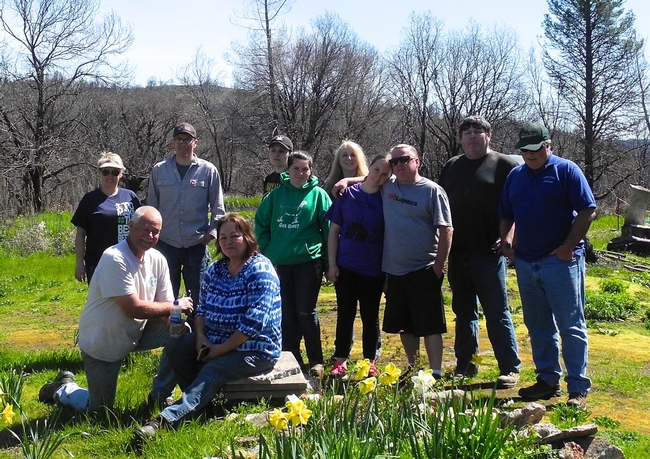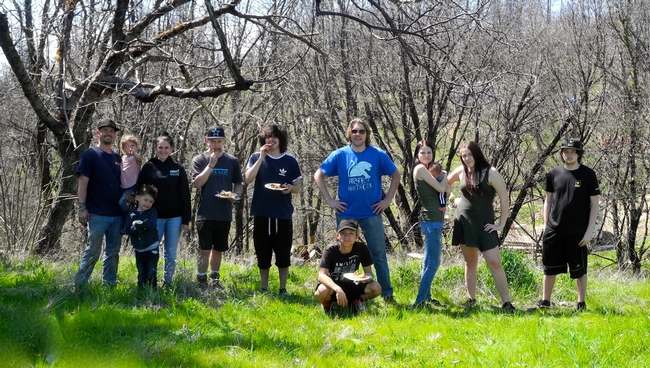
- (Focus Area) Environment
- Author: Donovan Hill
- Author: Kathleen Mowdy
Disturbance. In ecological terms, when a wildfire rages across wild lands, there is a disturbance - a change in the environmental conditions that disrupts the functioning of an ecosystem. The process by which an ecosystem changes over time following a disruption is known as ecological succession, and it takes a very long time. Too long.
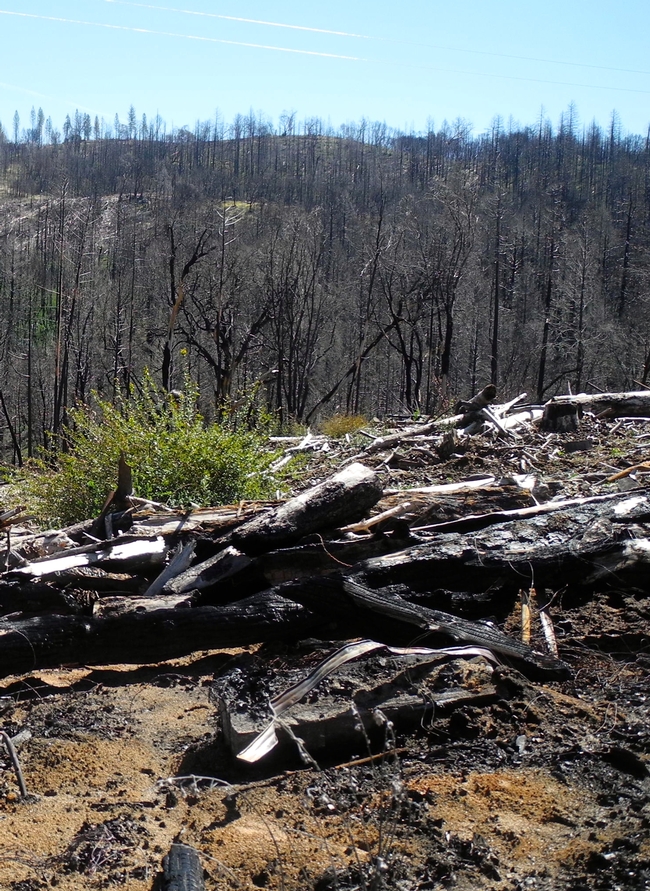
Last year, I wrote an article about our fire recovery efforts in Butte County. We worked hard and accomplished a lot in three fire zones, but restoration is not “one and done.” It takes persistence. Many of the “wildlings” (small wild seedlings) that we transplanted in the Ponderosa Fire zone did not survive the hot summer months. We knew we would need to go back the following spring and plant again, and we were determined.
Then, in November 2018, the Camp Fire raged through 153,000 acres in Butte County. After the most destructive wildfire in California history, it is hard not to feel overwhelmed by the magnitude of recovery work, knowing it would be a long time before the Camp Fire zone would even be ready for replanting. But we had our plan to follow up on our work in the Ponderosa Fire zone. This time, we had fir, pine and cedar seedlings donated by Sierra Pacific Industries (SPI). We knew these seedlings would have a better chance of survival.
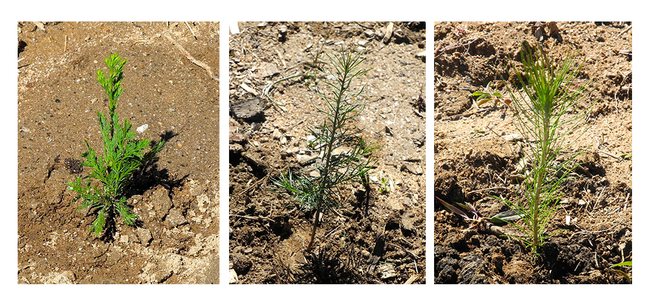
Two foresters from SPI delivered the seedlings, provided instruction on optimal planting techniques, and worked with our crews. Many Feather Falls residents also helped with the planting, including members of the Concow-Maidu of Mooretown Rancheria, whose lands were burned in the Ponderosa Fire.
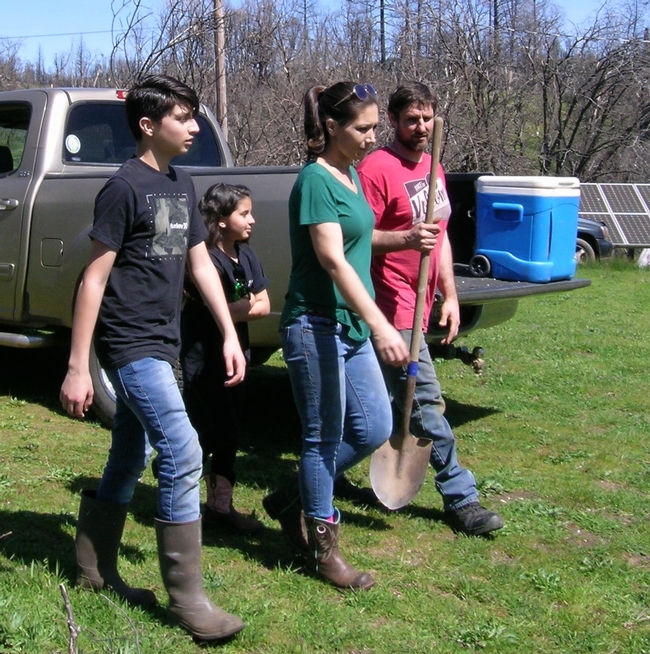
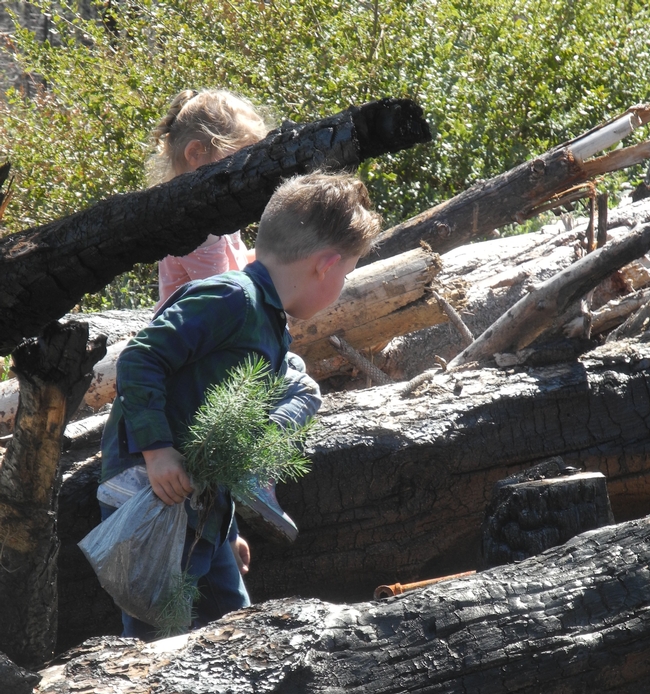
After the planting was completed, we gathered for a tasty picnic lunch provided by Mooretown Rancheria. Everyone enjoyed the beautiful spring weather and feeling of accomplishment.
Since we completed the planting, we have had frequent rain that will give the seedlings a good chance to survive. Building on this success, Oroville Foothill 4-H Fire Recovery Project is already making plans for next year. We hope to arrange for donations of fruit, nut, and ornamental trees for the families who are rebuilding in the Camp Fire communities of Paradise, Magalia, Concow, and Pulga.
As we wrap up our Fire Recovery Project this year and enter another fire season, we are hoping there will be no more “disturbances” to our wild lands. But we will be here with the help of our community, persisting in the best kind of collaboration - caring for our world!
- Author: Emily Jackson
Siskiyou County is one of California's most rural counties. Forest fires and other natural disasters are often a concern for our communities. Many of our residents own pets and livestock, but we lack the agency resources to help with pet/livestock emergency evacuation.
With fire season already starting, Siskiyou County's Hi 4-H project wanted to help people prepare for emergency evacuations that included plans for pets and livestock. It was important that we inform the public about how to prepare for a disaster. To do this, we created PEEP (Pet Emergency Evacuation Plan) pamphlets.
The main objective of this project was to inform and teach 4-Hers and the public about how to keep pets and livestock safe in case of evacuation. We worked with Siskiyou County's Animal Control and used resources from the Office of Emergency Services (OES) while we researched on our own in preparation for this project. We learned about important things to have prepared if animals need to be evacuated, and what to do if animals need to be left behind or let loose. In our pamphlets, we included information about how to evacuate small and large animals, important items to have prepared in case of an emergency, and the importance of pre-planning.
How we're sharing the information
Our pamphlets will be handed out at the Siskiyou Golden Fair and a PDF version will be available on our county's Animal Control and Office of Emergency Services (OES) websites. We have also given presentations on our project and supplied information pamphlets to local 4-H clubs, as well as shared our project with attendees of this year's California Focus conference.
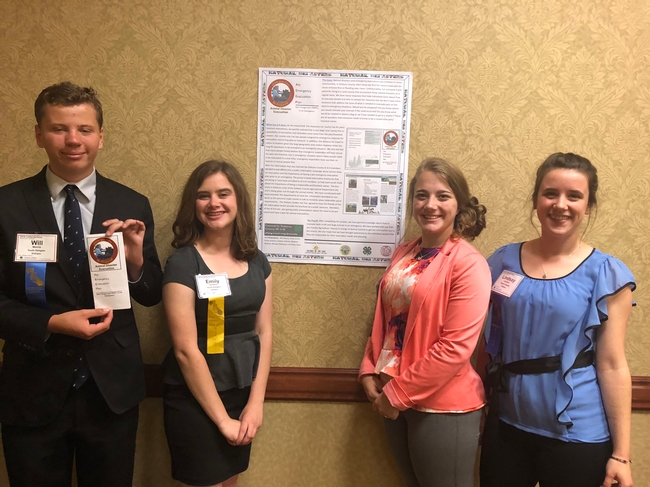
After completing this project, we have gained knowledge about how to evacuate both large and small animals and we know that it is our responsibility to make sure we have a plan. Our animals are counting on us. We hope that our project will help 4-Hers and members of our community be prepared for future disasters.
Don't forget your PEEP's in an emergency!
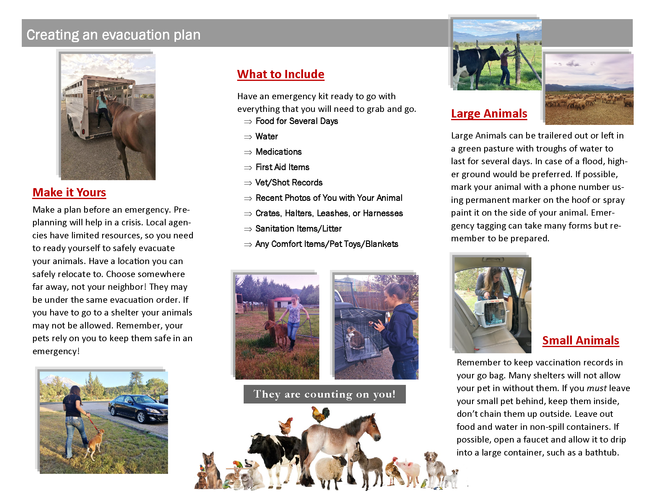
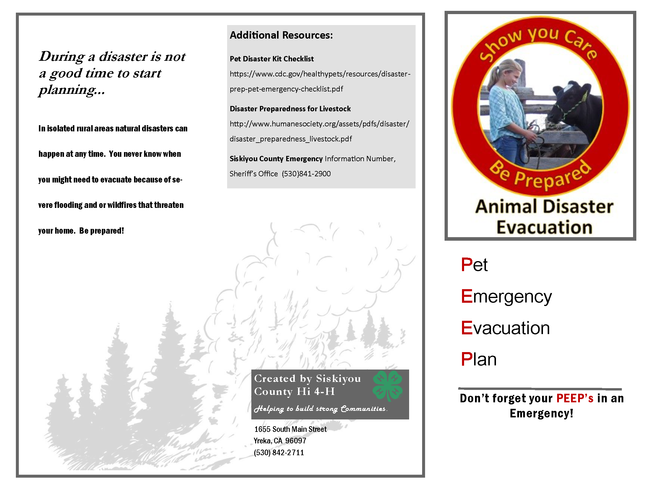
Download a copy of the pamphlet
